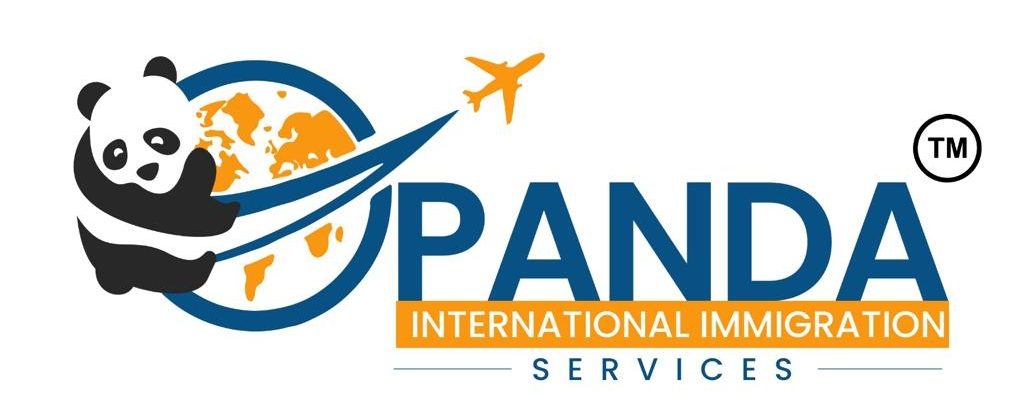Since 2019, the global supply of online ETPs has surged by 123%, highlighting the growing appetite for flexible education, a report from British Council and Studyportals published on December 3 has revealed.
“While online English-taught programs are still predominantly a niche strategy for only a part of institutions, and is more developed in the Big Four destinations, it is good to see other markets starting to catch up with phenomenal growth in relative terms,” said Edwin van Rest, cofounder and CEO of Studyportals
“With anti-immigration sentiment rising in many markets, it is also a pathway for institutions to make their internationalisation strategy less dependent on visa and/or accommodation restrictions.”
From 2019 – 2024, the ‘Big Four’ destinations offered 92% of all online ETPs, which increased by 126% and was overwhelmingly driven by the US, followed by the UK.
Countries where English is not the primary language face significant competition in the digital landscape of ETPs, and the proportion of online English-taught programs outside of the Big Four remains much lower than the proportion of on-campus ETPs.
And yet, non Big Four countries nearly doubled their online offerings during this time, growing from 623 programs in 2019, to 1,212 in mid-2024, with indications of other regions – most notably Europe – trying to become competitive in this market.
Europe’s Higher Education Area (EHEA) accounted for 68% off ETPs outside the Big Four, with Germany, Ireland and Spain seeing the largest growth.
Sub-Saharan Africa, the Middle East and North Africa and the Americas also increased their ETP offerings, whereas countries in Asia had relatively low supply of online ETPs with no online programs offered in China.
Online programs primarily give access to a different segment of students who may otherwise miss out on higher education
Edwin van Rest, Studyportals
According to Megan Agnew, IELTS Global Partnerships at British Council, the overall shift towards English as a medium of education “provides international students with more flexibility than ever before”.
“Ensuring standardised frameworks in both policy and assessment, whether in on-campus or online programmes, is critical in ensuring students can access valuable educational experiences in their chosen location,” she added.
STEM disciplines such as computer science and AI have driven much of the online ETP expansion, with business & management programs remaining popular.
However, some fields have seen no growth in online ETPs, specifically arts, environmental studies, law and journalism at the bachelor’s level, and education, journalism and law at the master’s level.
The report highlighted that the largest proportion of online ETP delivery in most regions is at the master’s level, with the supply of online bachelor’s among the Big Four standing at 26% of programs.
However, Sub-Saharan Africa and the Americas had higher proportions of online bachelor’s programs compared to master’s – comprising 68% and 46% respectively – suggesting the adoption of policies to attract international students who might otherwise not choose to study in these destinations in person, the report noted.
The global pandemic transformed the growth of online and blended programs which have been perceived more favourably by institutions for allowing greater flexibility for students despite domestic policies, affordability concerns or visa complications.
Van rest maintained that it was a “misconception” that online programs are a threat to on-campus offerings, highlighting their primary use to “give access to a different segment of students who may otherwise miss out on higher education: adult learners, flexible learners, people with different learning styles/preferences”.
Since the rise of Massive Open Online Courses (MOOCs) launched by platforms such as Coursera and Udacity, the online learning landscape has expanded to include a wide variety of asynchronous courses and blended learning options.
“The appeal of online education largely lies in its potential to reduce costs and enhance convenience, although research on its effectiveness compared to traditional education yields mixed results,” states the report.
The data showed full-time on-campus programs are the main focus in South Asia (98%), MENA (88%), and the Chinese Region (87%), highlighting large gaps for development of more online options.
The most recent report builds on previous research from Studyportals and the British Council which highlighted a “polarised” landscape of European internationalisation and the provision of ETPs, with varying approaches of on-campus vs. online ETPs and some destinations such as the Netherlands reducing the courses they offer in English.
Concerns about the language of educational instruction were not researched in this project, though head of communication at Studyportals, Cara Skikne, noted that “offering education in English doesn’t inherently diminish other languages”.
“The rise in international students has become a politicised issue in multiple countries, but these concerns are evident in both English-speaking and non-English-speaking nations alike.
“English has become the lingua franca for international collaboration, research, and career opportunities, enabling students and nations to access knowledge and networks that might otherwise be out of reach,” Skikne added.
The post Online English-taught programs more than double since 2019 appeared first on The PIE News.

